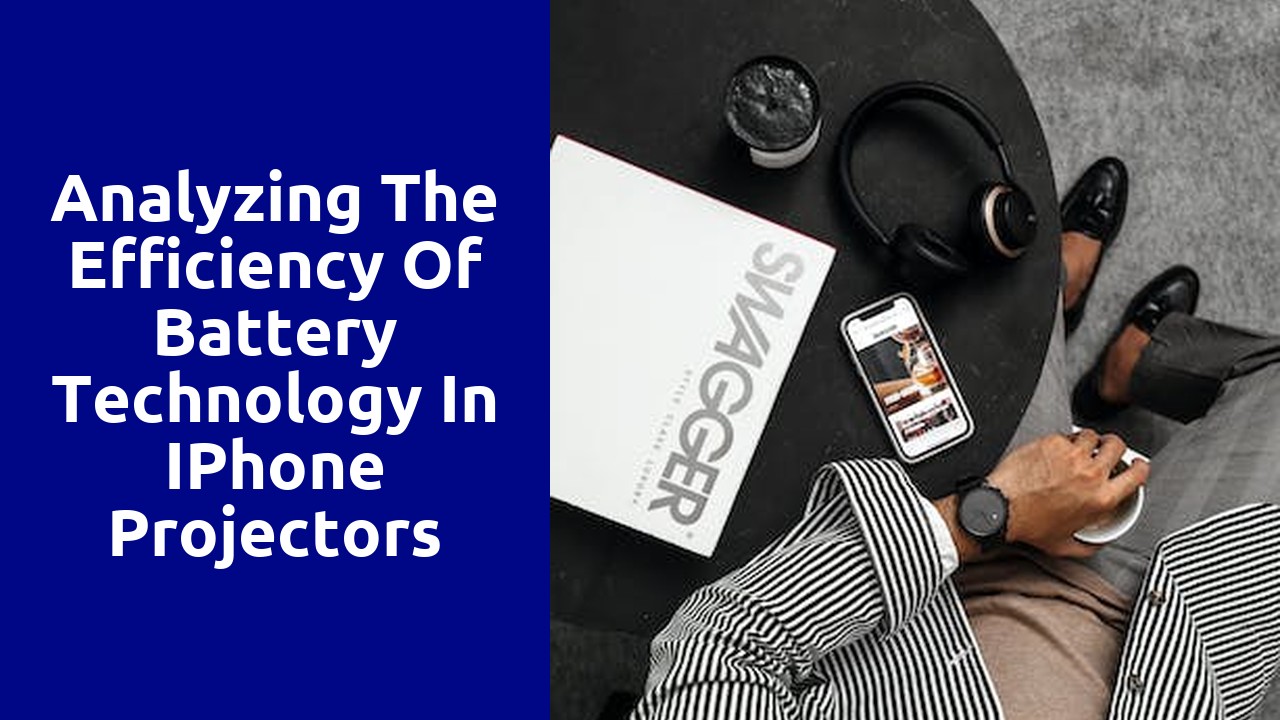

Battery efficiency is a crucial factor to consider in today's fast-paced technological world. As our reliance on electronic devices continues to grow, so does the need for longer battery life and more efficient power consumption. Whether it's smartphones, laptops, or electric vehicles, the efficiency of the battery directly affects the overall performance and user experience. A highly efficient battery not only ensures extended usage time but also reduces the environmental impact of frequently replacing or disposing of batteries.
Improved battery efficiency also plays a significant role in sustainable energy usage. As renewable energy sources like solar and wind power become more prevalent, efficient batteries are needed to store excess energy produced during peak periods for use during off-peak hours. This not only helps to reduce energy wastage but also promotes a more sustainable and reliable energy grid. By maximizing the efficiency of battery storage systems, we can minimize our dependence on fossil fuels and transition towards a greener and more environmentally friendly future.
Over the years, battery technology in iPhone projectors has undergone significant advancements, revolutionizing the way we view and share multimedia content. The demand for portable projectors that can be seamlessly integrated with our smartphones has fueled the need for more efficient and long-lasting batteries. As a result, manufacturers have been constantly striving to develop batteries that not only provide sufficient power but also minimize energy consumption.
One of the key innovations in battery technology is the introduction of lithium-polymer batteries. These batteries are lightweight, compact, and have a higher energy density compared to their predecessors. This has allowed iPhone projectors to become more portable and convenient for users, enabling them to easily carry their projectors in their pockets or bags. Additionally, the improved energy efficiency of lithium-polymer batteries has significantly extended the playback time of iPhone projectors, ensuring that users can enjoy their favorite videos and presentations without worrying about running out of power.
With the increasing popularity of iPhone projectors, it is essential to consider the factors influencing battery efficiency in these devices. One crucial aspect to consider is the brightness level of the projection. Higher brightness requires more energy, putting a strain on the battery. Manufacturers need to strike a balance between providing a vibrant and clear projection while minimizing battery consumption. Optimizing the brightness level can help prolong the battery life, allowing users to enjoy their projector experience for longer periods.
Another factor that significantly impacts battery efficiency is the type of projection technology used in iPhone projectors. Some projectors utilize traditional lamp-based technology, while others incorporate more energy-efficient LED or laser technology. Lamp-based projectors tend to drain more battery power and may require frequent bulb replacements, adding to the overall costs. On the other hand, LED or laser projectors consume less energy, making them an attractive choice for those concerned about battery efficiency. Additionally, LED or laser projectors often offer longer lifespan and better color reproduction, enhancing the overall user experience.
In today's digital age, display technology has become an integral part of our daily lives. From smartphones to laptops, we rely heavily on screens to access information, communicate, and entertain ourselves. However, one major concern that arises with the advancements in display technology is its impact on battery life.
The constant demand for brighter, larger, and higher resolution screens has resulted in increased power consumption. This directly affects the overall durability of our device's battery, forcing users to constantly hunt for power outlets or carry around external chargers. Manufacturers are continuously striving to strike a balance between vibrant visuals and energy efficiency, but the race for innovation often leaves our battery lives trailing behind. As consumers, it is essential for us to understand the trade-offs between display quality and battery longevity, as well as consider how our usage patterns can further impact this delicate equation.
As technology continues to evolve, our reliance on portable devices such as smartphones and tablets has become increasingly prominent in our daily lives. One of the key factors that determine the user experience on these devices is the projection quality. The clarity and resolution of the projected images significantly impact not only the viewing experience but also the battery consumption.
When it comes to assessing the role of projection quality on battery consumption, it is important to consider various aspects. Firstly, the brightness of the projection plays a crucial role. Higher brightness levels require more power from the battery, consequently reducing the overall battery life. Secondly, the resolution of the projected image affects the processing power needed. Higher resolutions demand more processing power, putting additional strain on the device's battery. Thus, it becomes imperative to explore the correlation between projection quality and battery consumption to provide users with an optimized experience without compromising battery life.
One of the key factors that affects the battery life of modern devices is the screen brightness. It is common knowledge that the brighter the screen, the more battery power it consumes. However, in recent years, there have been ongoing debates and studies on whether reducing screen brightness can significantly improve battery efficiency.
Many manufacturers have implemented power-saving modes that automatically adjust the screen brightness based on the ambient light conditions. These modes aim to strike a balance between user experience and battery conservation. While reducing screen brightness may extend the battery life, it can also negatively impact visibility and user satisfaction. Therefore, finding the optimal brightness level that maximizes battery efficiency without compromising user experience is a challenging task. Researchers and scientists continue to explore this relationship to develop effective strategies for energy management in portable devices.